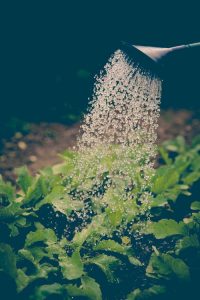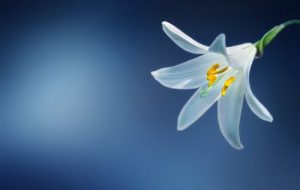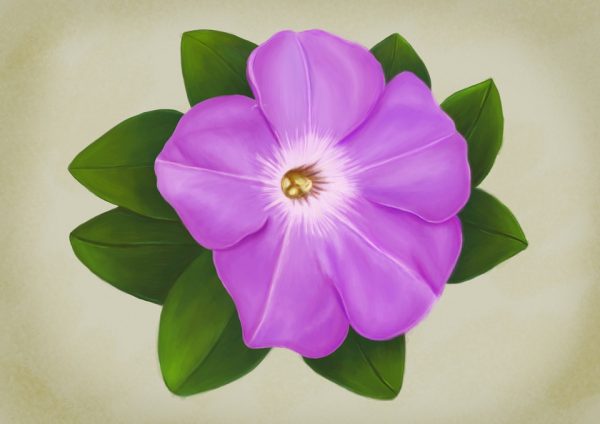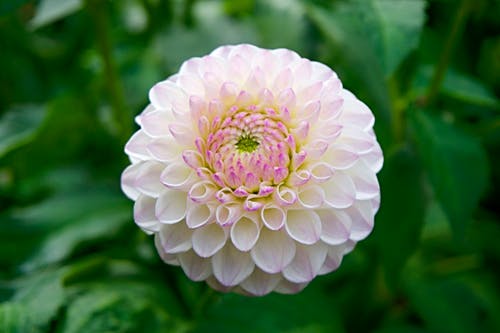Gardening Trends: Planting and Gardening At Night
Updated 8-10-23
Whether you planted your garden this past spring by phases of the moon or not (see below), the trend in gardening at night continues to get noticed. Just this week, The New York Times posted an article “What You Discover When You Garden at Night” (link here).
Living on a farm in Pennsylvania, the Times writer found it too hot to garden during the day recently. And while she missed some of the daytime comparisons she’d have when gardening, like certain bird sounds, etc., she found many evening benefits that made up for this change in her gardening habits.
The quiet of the evening gave a hint of meditation to the gardening work, she says, a more peaceful experience. She also noticed “different aspects of the natural world” which she missed being outside during the day. The enjoyment of twinkling fireflies, for example, the sound of crickets and not to mention the first stars in the sky.
Planting by the Moon
According to such notable organizations as Better Homes and Gardens (BH&G), planting by the moon’s phases is a trend that may allow us to grow healthier, stronger and more fruitful plants.
For a local perspective on this interesting BG&H post, Deck and Patio has reached out to a local horticulture consultant, Sandra Vultaggio from Cornell Cooperative Extension of Suffolk County. Here’s her thoughts:
“I do not know much on the topic of lunar planting, but know of some folklore associated with it. That said, all of what I read in that article sounds plausible. I have also heard that you can time crops by the moon phases. For instance, you can begin planting summer crops outdoors after the last full moon of May. The truth behind this is typically on a full moon, cloudless night, you’ll have the greatest chance of having a frost. And by that time, here on Long island, you’re probably safe from frosts.
“They also say to plant all of your above-ground-fruiting crops (plants like tomatoes, cucumbers, zucchini, etc, as well as your flowering annuals) during the waxing moon. Meaning, the time that the moon is growing fuller. The theory suggests that as the light from the moon increases each night, plants are stimulated to produce leaves and stems.”
“On the flip side, plant your below-ground-fruiting crops (carrots, potatoes, onions, as well as trees, shrubs and annuals) during the waning moon. Meaning, the time that the moon is getting smaller. As the amount of over-night light decreases, plants are stimulated to produce roots and tubers.
“Whether all this is true or not, I do not know. But, like I said, it is very plausible! Our ancestors, old farmers and gardeners, who depended on their gardens and crops for their lives, did not look at a paper calendar to determine planting times.
They observed their surroundings. Everything from precipitation events, wind direction, moon phases, the arrival of certain wildlife or the bloom-time of certain flowers, all played a part in the decisions on their land. These practices are held scared by some families, as they should. They are invaluable lessons that have been passed down generation to generation.”
— Sandra Vultaggio
If you’re thinking of planting annuals by phases of the moon, Moonflowers might be fun. This gorgeous flower is usually seen in more tropical regions than the Northeast — as a perennial. But even with our winters, they have been successfully grown up in our neck of the woods as an “annual.”
These are definitely stunning annuals that can be dug up and stored in winter and can be grown in the northeast despite being tropical plants. Just plant them in spring and treat them as annuals. They have a long bloom period.















